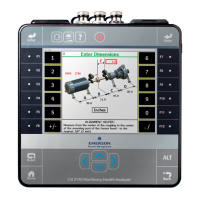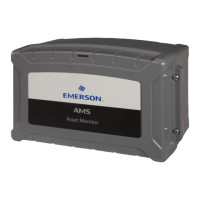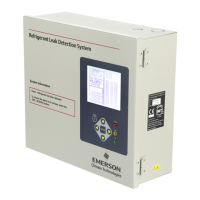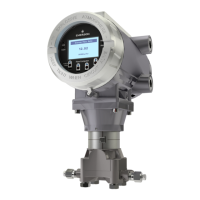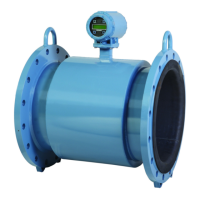2. From the Analyze main menu, press F7 More Experts > F8 Order Tracking.
3.
Press Start or Enter to collect the data.
4. Press Enter to view the data.
One or more plots display after the data is collected.
5. Press F9 Store Data to save the data to a route or a job, or press F8 Start to redo the
measurement.
6.8.16 Synchronous Analysis
Synchronous Analysis collects synchronous data on equipment when high nonsynchronous
energy (background vibration) obscures the synchronous frequencies you want to see.
You can also use it for drive belt analysis and when vibration from other equipment is
excessive. Synchronous Analysis is useful for gear boxes that have multiple internal shafts
turning at various speeds based on the gearing. This test helps to narrow the vibration to
look at a specific speed of the shaft.
The analyzer averages vibration from other shafts turning at other speeds and vibration
from the reference shaft that is not harmonically related to the turning speed. The
resulting data is phase locked to the tachometer pulse. Only the turning speed vibration
and its integer multiples are left in the spectrum. The analyzer removes vibration not
related to the reference tachometer pulse.
Prerequisites
Set up an accelerometer and tachometer. If the tachometer pulse is taken from the belt,
only the vibration related to the belt frequencies remains in the spectrum. You must have
a tachometer that provides a once-per-revolution pulse. The shaft with the tachometer is
the “reference” shaft.
Procedure
1. Create a job or open Analyze from a route measurement point.
2. From the Analyze main menu, press F7 More Experts > F9 Synchronous Analysis.
3. Press Start or Enter to collect the data.
4. Press Enter to view the data.
One or more plots display after the data is collected.
5. Press F9 Store Data to save the data to a route or a job, or press F8 Start to redo the
measurement.
6.8.17 Synchronous Analysis and Synchronous Averaging
Use Synchronous Time averaging to measure only vibration that is directly, harmonically
related to the turning speed of a specific shaft. Synchronous Time averaging is often used
when several machines or shafts on one machine turn at slightly different speeds.
Synchronous Time averaging removes the vibration of the other equipment from the signal,
so only the vibration from the reference equipment remains.
Analyze and Advanced Analyze
134 MHM-97432 Rev 7
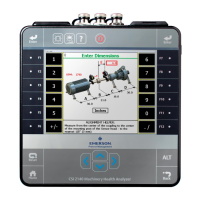
